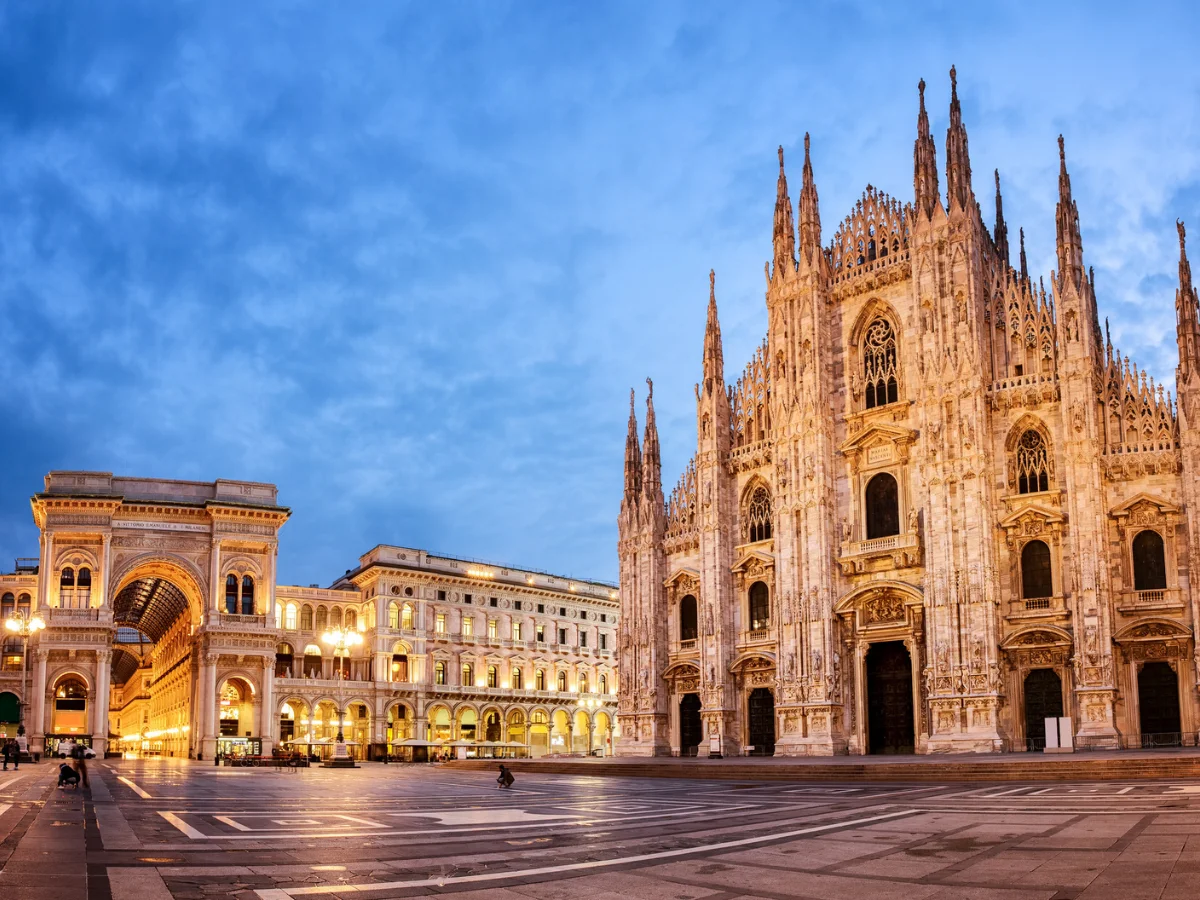Buildings in Ancient Rome
Buildings in Ancient Rome, feats of engineering brilliance, blended innovation with durability and beauty. Archs and domes revolutionized design, exemplified by the Colosseum and Pantheon. Constructed with robust materials like concrete, these structures stood as enduring symbols of Roman civilization. Their functional yet grandiose nature showcased Rome’s engineering prowess and aesthetic sensibilities. Today, remnants of these buildings stand as testaments to their lasting legacy, influencing architectural styles for centuries.

Buildings in Ancient Rome
Architectural Innovation
Buildings in Ancient Rome were architectural marvels, showcasing innovative designs and engineering techniques. From the majestic Colosseum to the iconic Pantheon, these structures blended functionality with aesthetic appeal.
Sturdy Construction
Roman engineers utilized durable materials such as concrete, stone, and bricks to ensure the longevity of their buildings. Their meticulous craftsmanship and attention to detail resulted in sturdy structures capable of withstanding the test of time.
Arches and Domes
The use of arches and domes in Roman architecture revolutionized building design. Arches provided strength and stability, while domes created vast interior spaces, exemplified by the Pantheon’s magnificent dome.
Concrete Revolution
Roman concrete, made from a mixture of volcanic ash, lime, and aggregate, was a groundbreaking innovation. Its strength and versatility allowed for the construction of massive structures like the Colosseum, with its distinctive elliptical shape.
Functional Beauty
Roman buildings were not only functional but also exuded beauty and grandeur. Theaters, temples, and basilicas served practical purposes while incorporating intricate decorative elements.
Enduring Legacy
Despite the passage of centuries, many Roman buildings still stand as testaments to their engineering prowess. Their legacy extends beyond physical structures, influencing architectural styles and techniques for centuries to come.
In summary, the engineering of buildings in Ancient Rome represents a pinnacle of human achievement, combining innovation, durability, and aesthetic appeal. These remarkable structures not only served practical purposes but also reflected the ingenuity and sophistication of Roman civilization.



